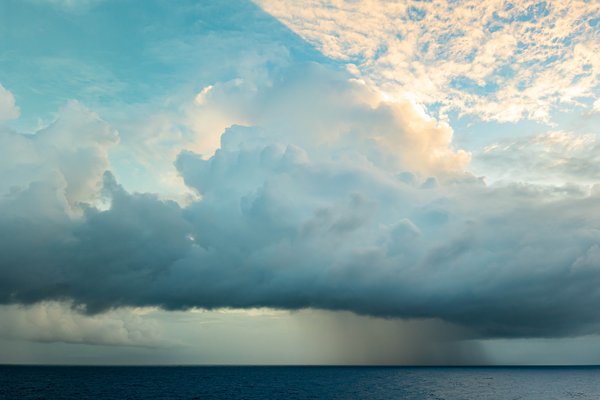
How do the ups control the downs within deep convective clouds?
In convective storms, the air that goes down is almost as important as the air that goes up. These convective downdrafts influence the termination of…
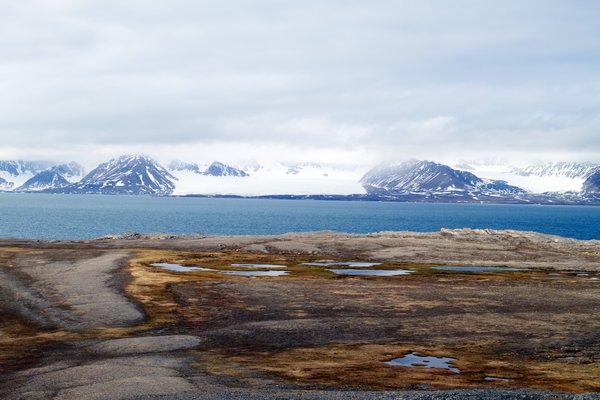
Permafrost hydrology plays an important role in global climate simulations, new study shows
Earth system models exhibit large inter-model differences in the simulated climate of the Arctic and subarctic zone, with varying sea ice…
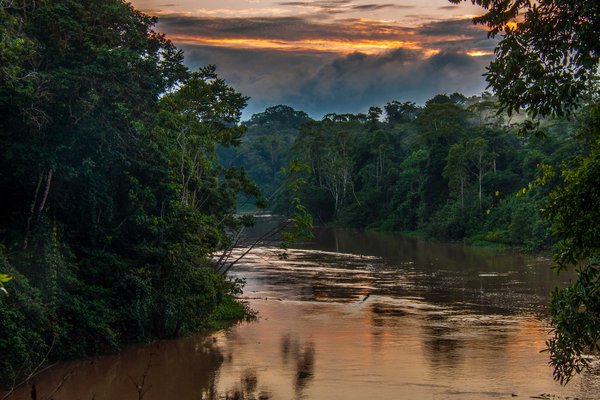
Tropical wetlands drove methane changes since the last glacial
In a new study in Climate of the Past Dr. Thomas Kleinen and Prof. Victor Brovkin, researchers at the Max Planck Institute for Meteorology, together…
![[Translate to English:] [Translate to English:]](/fileadmin/_processed_/8/e/csm_Schannwell_Heinrich_Event_2023_3x2_02_05ef9933bf.jpg)
The effect of climate perturbations on the timing of Heinrich events
Throughout the last glacial period (ca. 65,000-15,000 years before present) periodic ice discharge events from the North American ice sheet, known as…

Is climate deterministic or stochastic?
Prof. Jin-Song von Storch shows in a new paper that climate variability on ultra-long timescales is, contrary to common understanding, not determined…
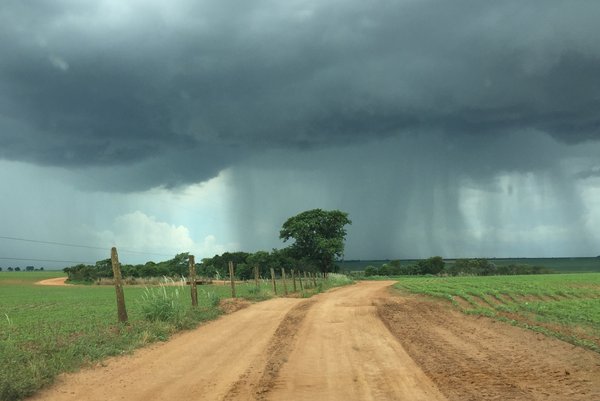
What the development of global climate models at the km-scale teaches us about tropical convection
Accurately capturing location, diurnal as well as seasonal variability of the tropical rainbelt, over land and over ocean, has remained beyond reach…
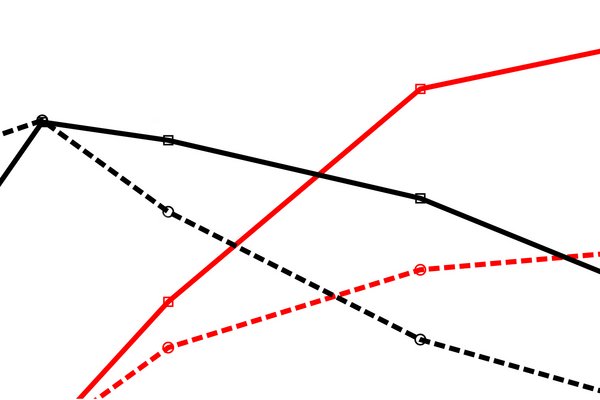
Component concurrency increases the parallel efficiency of Earth system models
In a recent study in the journal of Geoscientific Model Development Leonidas Linardakis and his colleagues demonstrate how coarse-grained component…
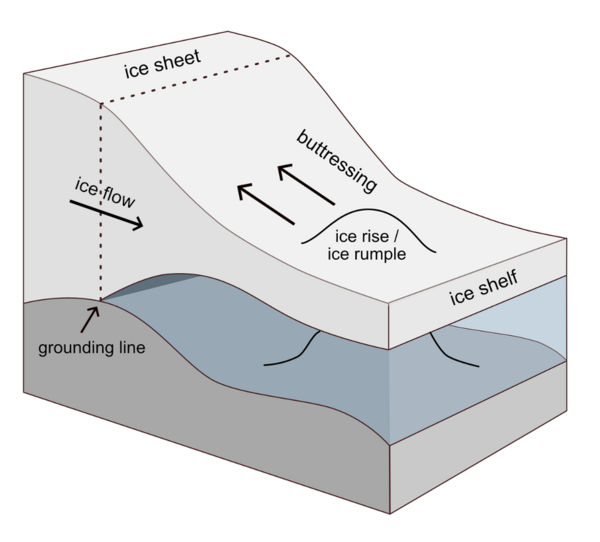
How ice rises and rumples affect the Antarctic ice sheet
In a study in The Cryosphere, researchers at the Max Planck Institute for Meteorology examined the effect of basal friction and sea level variation…
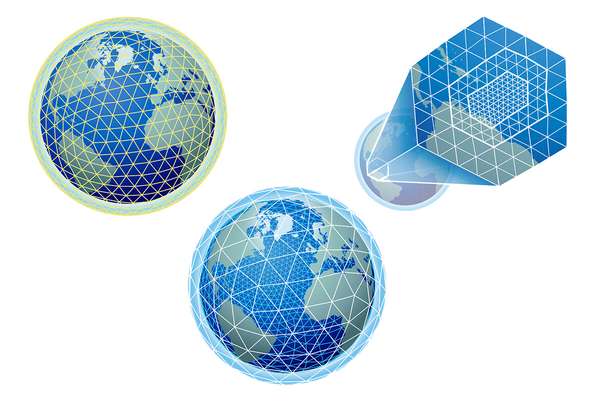
The first release of ICON-Sapphire, targeting simulations of the Earth System at kilometer scale
Do thunderstorms in the atmosphere affect the meandering of ocean currents? What is the effect of ocean eddies on the carbon budget? Investigating…
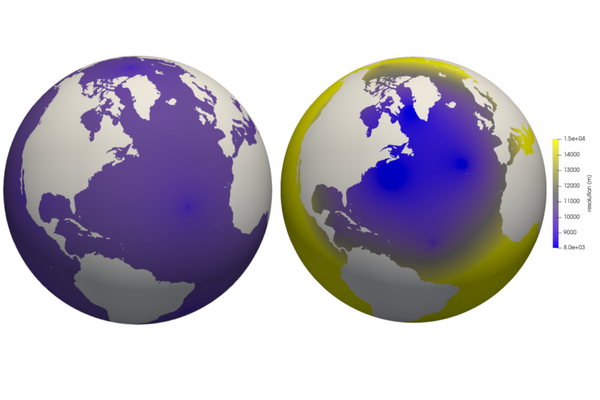
One more ICON milestone reached
In a joint publication whose author list comprises a substantial fraction of all scientists of the department “The Ocean in the Earth System” at the…
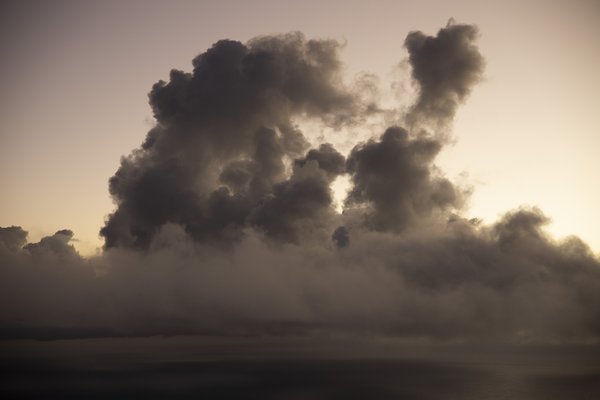
Observations show: assumption of a large trade cumulus reduction with global warming refuted
The response of trade cumulus clouds to warming is a major uncertainty in climate projections. In the last decade, a hypothesis was developed…

Climate feedback to stratospheric aerosol forcing: the key role of the pattern effect
In a recent study Moritz Günther, Hauke Schmidt, Claudia Timmreck (all MPI-M), and Matthew Toohey (University of Saskatchewan) argue why the cooling…
